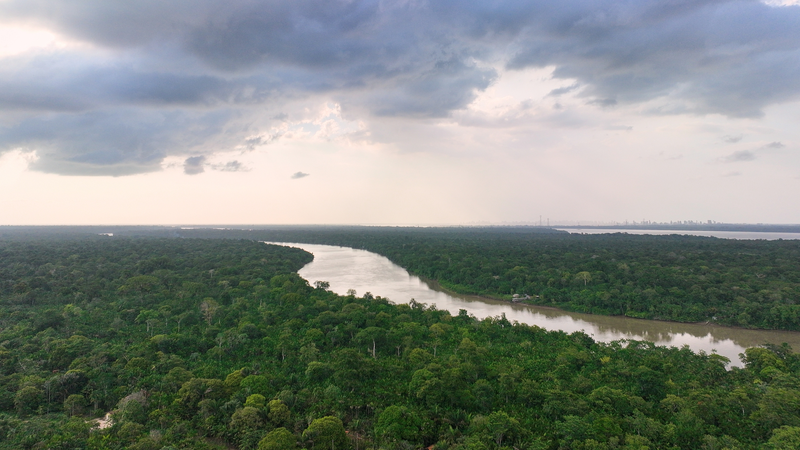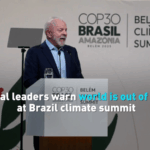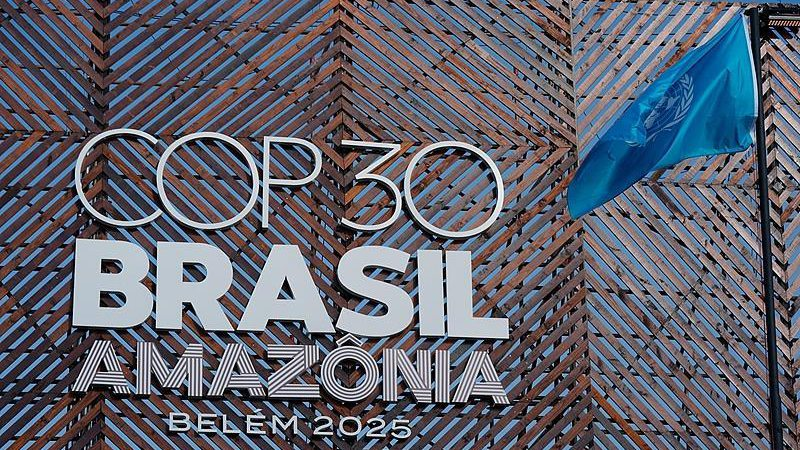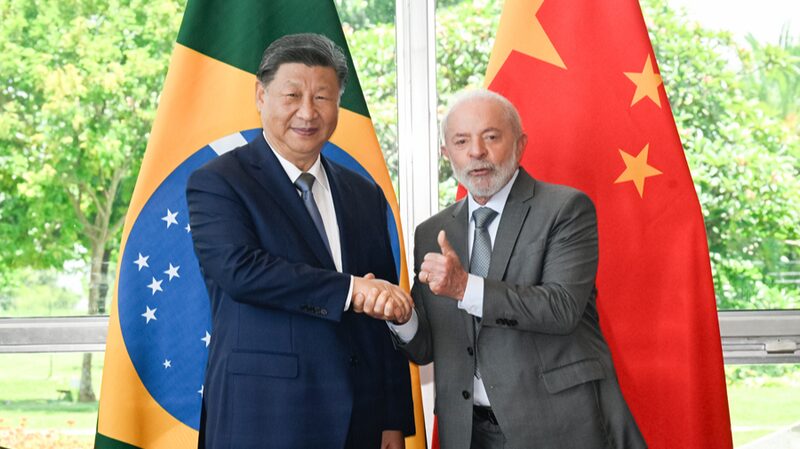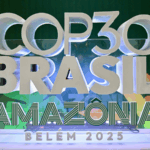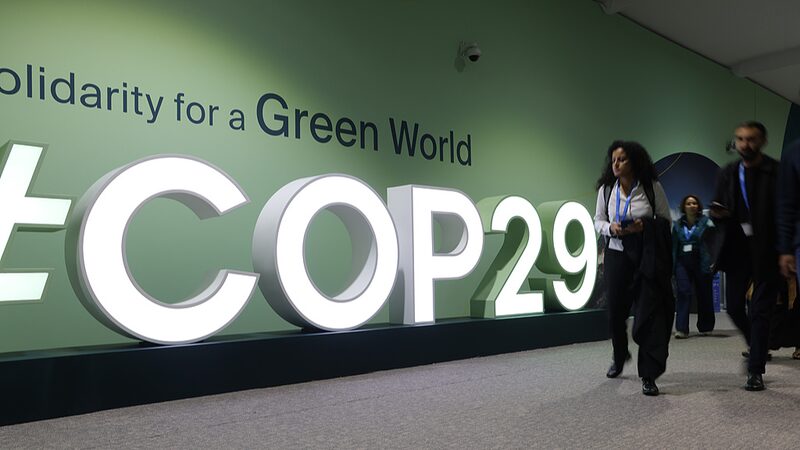As global leaders concluded COP30 in Belém, Brazil, this November, the adoption of the Belém Political Package marked a pivotal step toward financing climate action—though critical implementation gaps remain. The agreement emphasizes mobilizing funds to keep the 1.5°C warming target viable, particularly for developing nations bearing the brunt of climate impacts.
Progress Amidst Uncertainty
The summit saw renewed commitments from developed countries to scale climate finance, with a focus on adaptation and loss-and-damage mechanisms. Wang Xun, a researcher at Tsinghua University's Yangtze Delta Region Institute, noted, "The package acknowledges historical responsibilities, but translating pledges into predictable flows requires stronger multilateral frameworks."
Sticking Points in Implementation
Key tensions emerged over private-sector involvement and debt relief for climate-vulnerable economies. While the text calls for "innovative financial instruments," specifics on risk-sharing models and timelines remain unresolved. Developing nations stressed the urgency of accessible funding, citing 2025's record-breaking heatwaves and floods across Asia.
The Road Ahead
With COP31 slated for 2026, experts urge rapid operationalization of the Belém agreements. Wang highlights: "Success hinges on bridging trust deficits. Metrics for tracking climate finance transparency could be a game-changer." As climate diplomacy accelerates, all eyes are on how institutions like the Green Climate Fund will adapt to meet 2025-2030 demands.
Reference(s):
Achievements and challenges on financing the 1.5 C trajectory at COP30
cgtn.com
